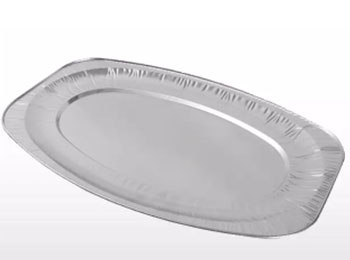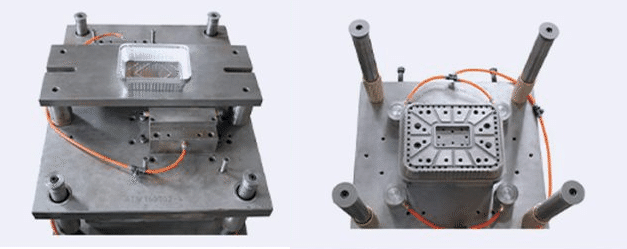
Aluminum foil is usually used to hold food in daily life (such as aluminum foil plates). It is used to wrap bean sprouts, potatoes, sweet potatoes, etc. during barbecue to prevent them from burning. Sometimes used for decoration. Modern aluminum foil paper is made of aluminum and can also be used as aluminum electrodes for electrolysis. There are also hairstylists who use aluminum foil to perm customers’ hair. Some people also use aluminum foil to absorb the oil in the soup. Aluminum foil is also widely used as an isolation layer, heat exchanger, and as an electrical conductor. Usually, the thickness of aluminum foil used in paper beverage packaging and food packaging bags is only 6.5 microns. This thin layer of aluminum repels water, preserves flavor, and resists bacteria and stains. It is very common to use aluminum foil plates to serve food. Although aluminum foil plates are disposable, they are made of aluminum and are less harmful to nature. Some foods (such as sweet potatoes, enoki mushrooms, etc.) must be wrapped in aluminum foil to avoid burning. Wrap them in aluminum foil to cook seafood, golden mushrooms, etc. to retain their flavor. Some hairstylists will wrap their hair in aluminum foil to heat the hair, which has a better heat transfer effect. Improper use of aluminum foil hair dryers can cause burns, poor hair quality and other problems. Make a ball of aluminum foil and open it to absorb the oil in the soup. The principle is that during the process of crumpling the aluminum foil, the surface tension of the aluminum foil will be amplified. Aluminum foil, like aluminum cans and aluminum pots, will react with acids (usually organic acids), and the salts produced by aluminum and organic acids will react with gastric acid to form aluminum chloride (AlCl3).



